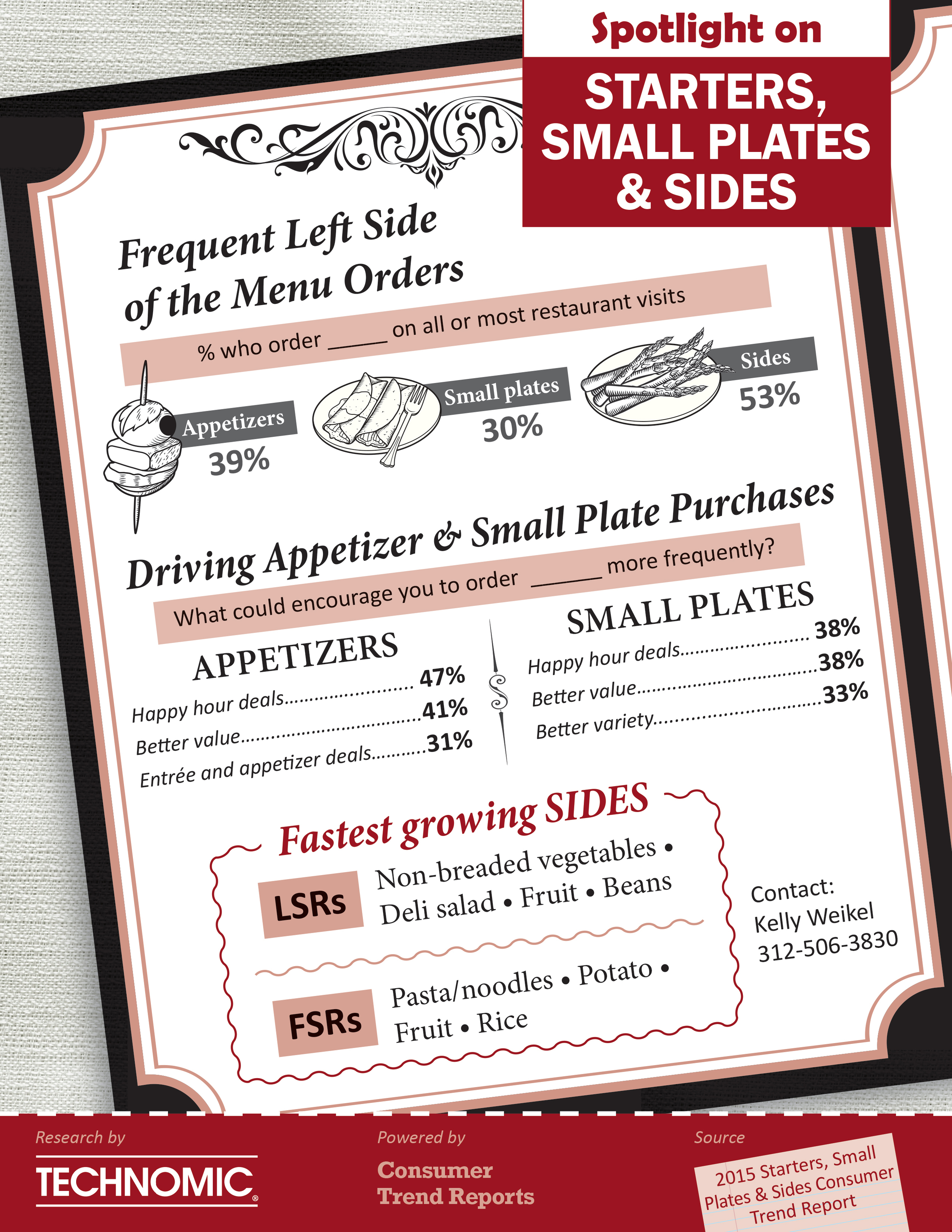5 Reasons The Restaurant Industry Is In Good Shape
/The restaurant industry started the year off weak, at least based on sales indices. Black Box Intelligence said same-store sales fell 0.8 percent for the month. According to MillerPulse, same-store sales increased 1 percent. Both were the weakest figures in years.
But both numbers mask what was, in reality, a good month for the industry and what could be the start of a profitable year. Here’s why:
The two-year trend is still strong. Both MillerPulse and Black Box were comparing themselves to a January 2015 that was the strongest month in recent years thanks to a run of stupid good weather. So sure, January’s sales weren’t quite as good as the previous year, they were still quite good on a two-year basis. MillerPulse’s two-year same-store sales trend of 6.3 percent was the strongest for that index in two years. For Black Box, the two-year trend is 5.3 percent. Two-year trend numbers factor out one-time events like weather that can influence a single year’s same-store sales.
Overall sales were stronger. According to recent federal data, sales at food services and drinking places increased 6.1 percent in January, to $53.5 billion. Federal data tracks all sales, rather than same-store sales, and so it can account for increases in sales from new units as well as independents. Overall retail sales excluding auto sales, by comparison, increased just 2.5 percent. Sales at grocery stores, 2.3 percent.
Restaurant owners are hiring. This is the best indication of an industry still in expansion mode. Restaurateurs hired 46,700 workers in January, or close to one out of every three jobs the economy created in the month. Over the past year, the industry has added more than 380,000 jobs. What’s the point of adding workers if you don’t think your business will need the added labor?
Gas prices are still ridiculously low. Gas prices averaged $1.70 per gallon as of Tuesday, according to AAA. While that’s a bit higher than it was a week ago, it’s still 60 cents per gallon cheaper than a year ago. Gas prices are expected to be low for some time, as long as there remains a glut in oil, putting money in the pockets of more consumers. When consumers get more money, they really want to spend it on dining out.
Food costs are coming down. These additional sales are coming as beef costs finally join other commodities in deflating. Lower prices for beef, pork and chicken should make for a more profitable industry in 2016. Indeed, Texas Roadhouse executives said on the company’s earnings call Monday that they expect higher margins this year thanks to more sales and lower food costs.
None of this is to say that there aren’t challenges in the industry. But barring some major calamity, it appears this could be the best year for restaurants since the start of the Great Recession.
(via Nation's Restaurant News)





